Gravel cycling is popular for many reasons. One draw to the discipline is the varying terrain and gravel road types encountered on any given ride. The variability keeps things interesting. However, it also raises a lot of questions and concerns about bike and tire choices. Enter the “Industry Standard Guide to Gravel (ISGG).”
As explained in Selene Yeager’s Gravel! book (a great read, by the way), ex-pro road racer turned gravel cyclist, Neil Shirley created the “Industry Standard Guide to Gravel” after receiving countless questions from riders looking for bike and tire recommendations for various rides and events. The original ISGG was in a post on The Lyman Agency’s Our Outdoor Office blog. The ISGG categorizes gravel roads by terrain and difficulty. It provides tire recommendations for each category, and contains event examples for each category.
Below is a summary of the ISGG. Following the summary, we explain how The Unpaved Hub will use the ISGG in its Routes.
Summary of ISGG
Category 1 Gravel
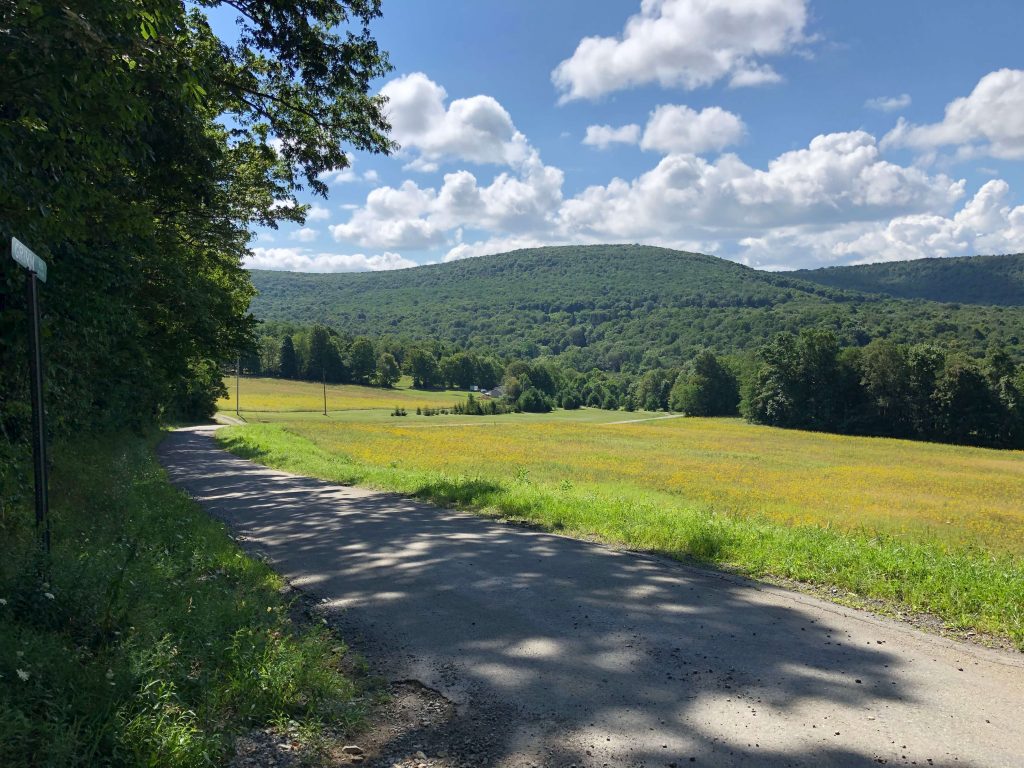
This category of gravel includes “[s]mooth, well maintained dirt roads that have either very small gravel chunks, or none at all, and are very much road bike-friendly. These roads are in better condition than many paved roads in the U.S. and are hard packed, offering little more difficulty than riding on tarmac. . . .” The ISGG recommends tires in the 25mm to 28mm range.
Category 2 Gravel
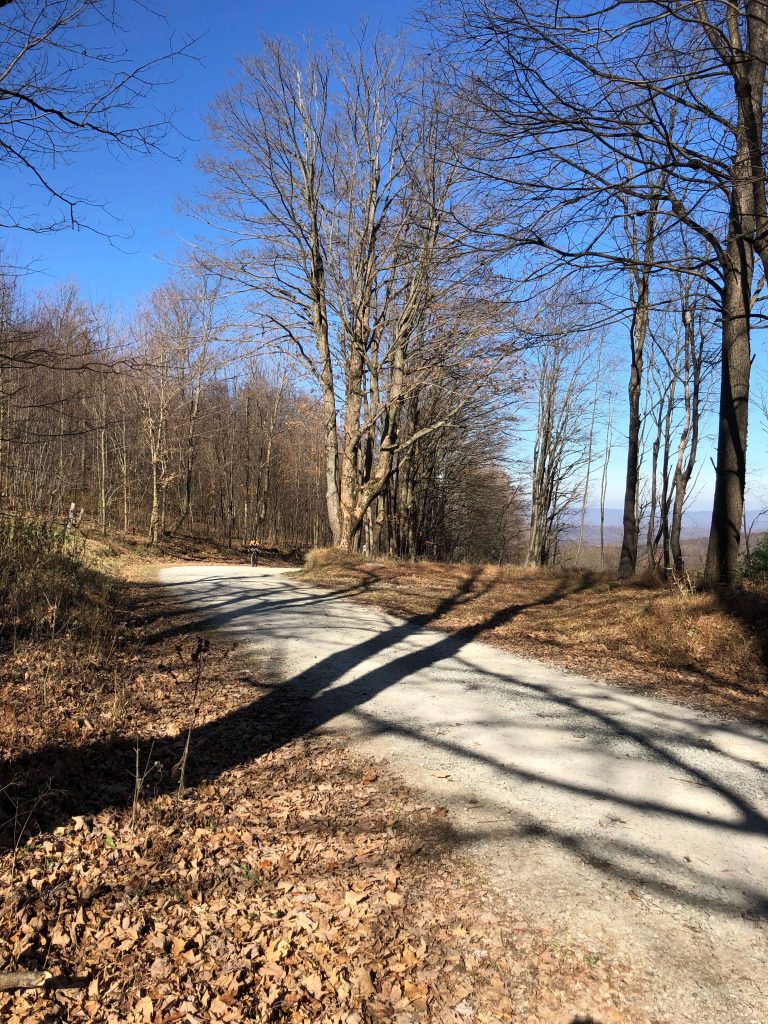
These roads contain “potholes, washboard and probably loose, blown-out corners. There is likely to be gravel outside of the main tire tracks that could cause an extra challenge if you come off your line.” The ISGG suggests that “[a] road bike is just fine, but more skill is needed when cornering at speed. Going up in tire size compared to an everyday road setup is recommended in order to benefit from the reduced risk of pinch flatting and pneumatic suspension a higher volume tire allows.” The ISGG recommends tires in the 28mm to 32mm range.
Category 3 Gravel
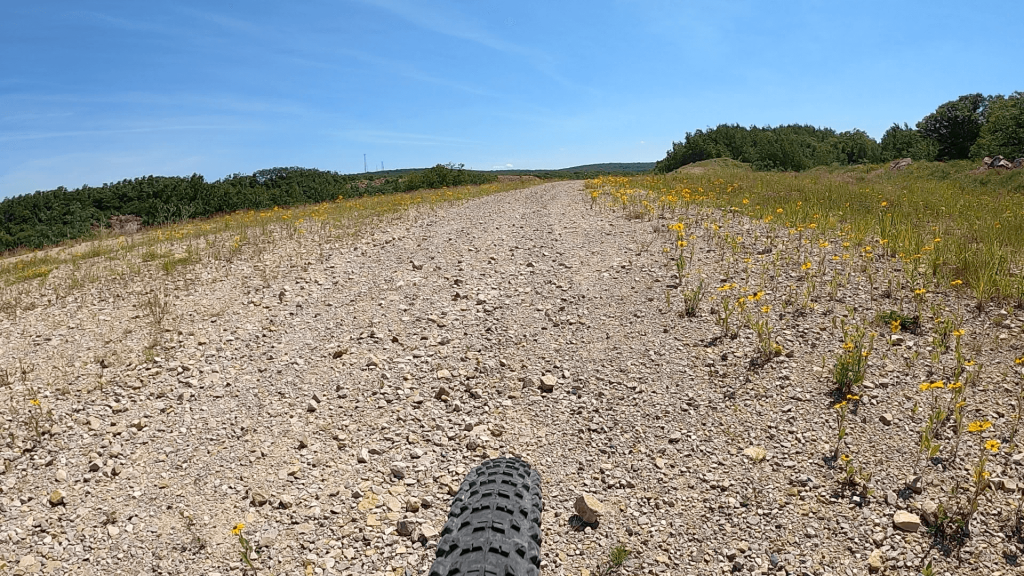
This category includes “[i]nfrequently maintained roads [with] exposed rocks, tire eating rain ruts, sand bogs and any number of other unexpected challenges that could arise around the next corner.” The ISGG states that “[u]nless a Category 3 Gravel section is added merely as a short connector, a gravel bike with 33-38mm tires that offer side knobs is the recommended equipment to achieve both speed and safety.”
Category 4 Gravel
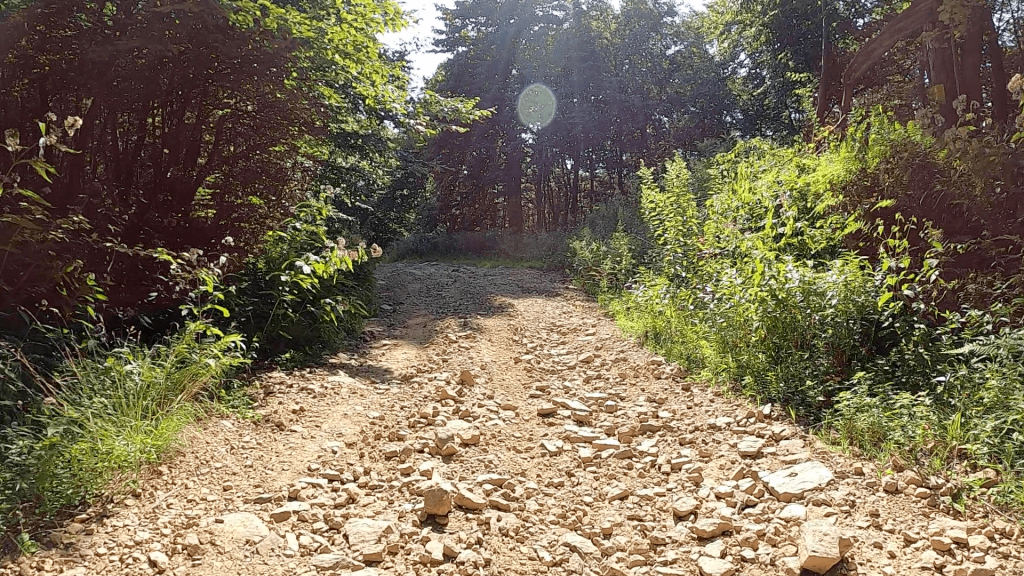
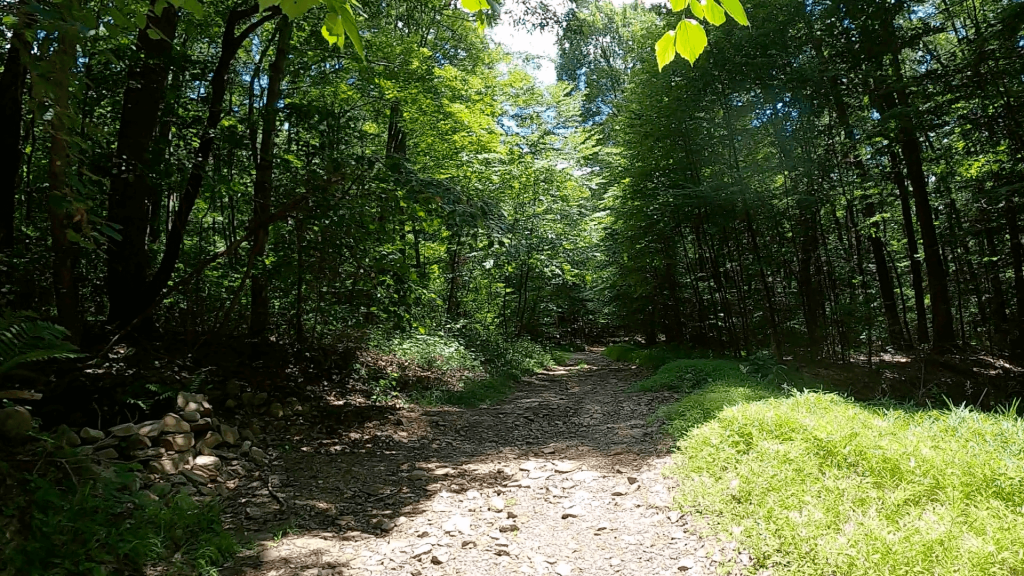
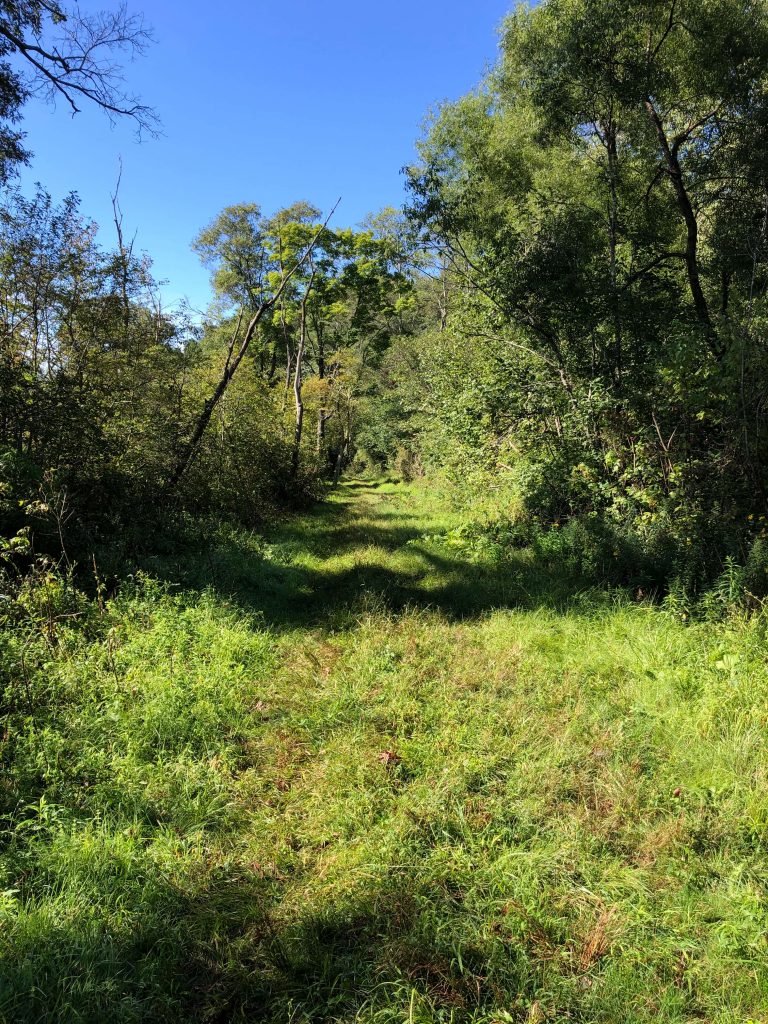
These consist of unmaintained forest roads, and other similar roads, trails, and tracks. These roads typically contain “deep ruts, rock gardens, and potential landslides left for the next gravel rider to stumble upon. Going with high volume tires will help provide pneumatic suspension, reduce the risk of a pinch flat, and provide greater traction is in the corners and on steep, loose climbs.” The ISGG recommends tires in the 38mm to 42mm range.
ENVE Composites and the Grand Fondo Guide have nice articles on the ISGG for those interested in reading further on the topic.
Application of the ISGG in Our Routes
The Routes created by The Hub will reference the ISGG for its gravel road categorization. It is important to note that many gravel roads straddle categories. In addition, many gravel roads change over time due to weather, road construction, and maintenance. This makes it difficult to categorize them. As such, the category assignments in the Routes are subjective and for reference and informational purposes only. The Hub’s Routes will contain on-route pictures and short video clips depicting the representative roads. It is our intent to illustrate the representative roads so each rider gets a better feel for what they will encounter on the Route.
